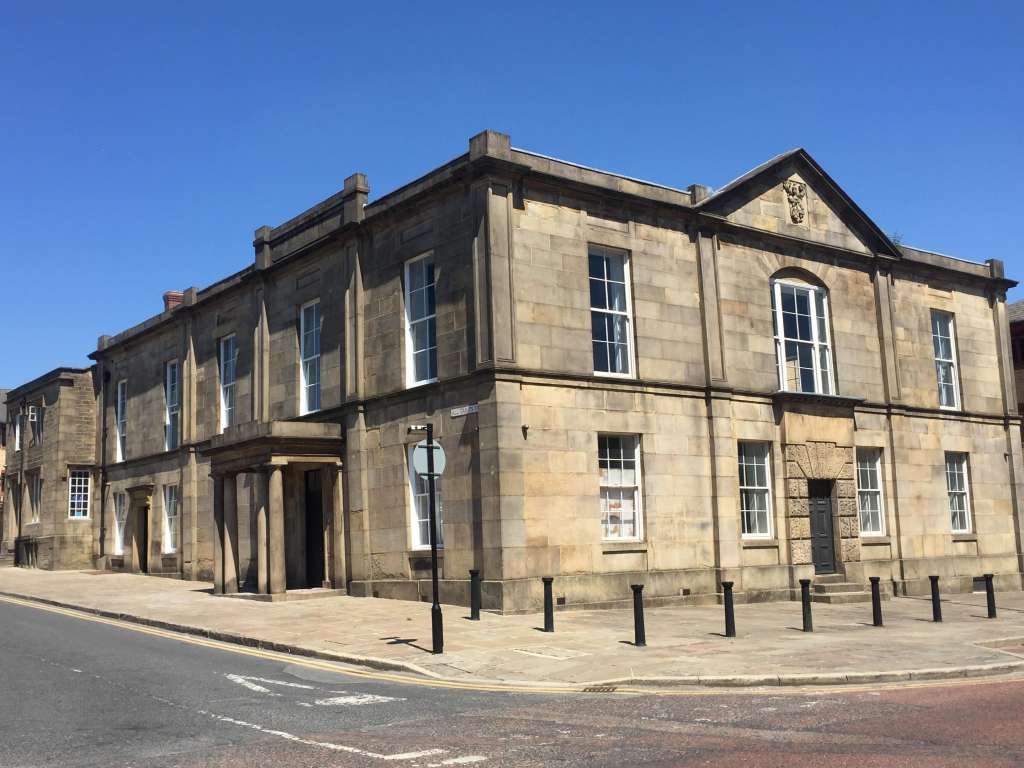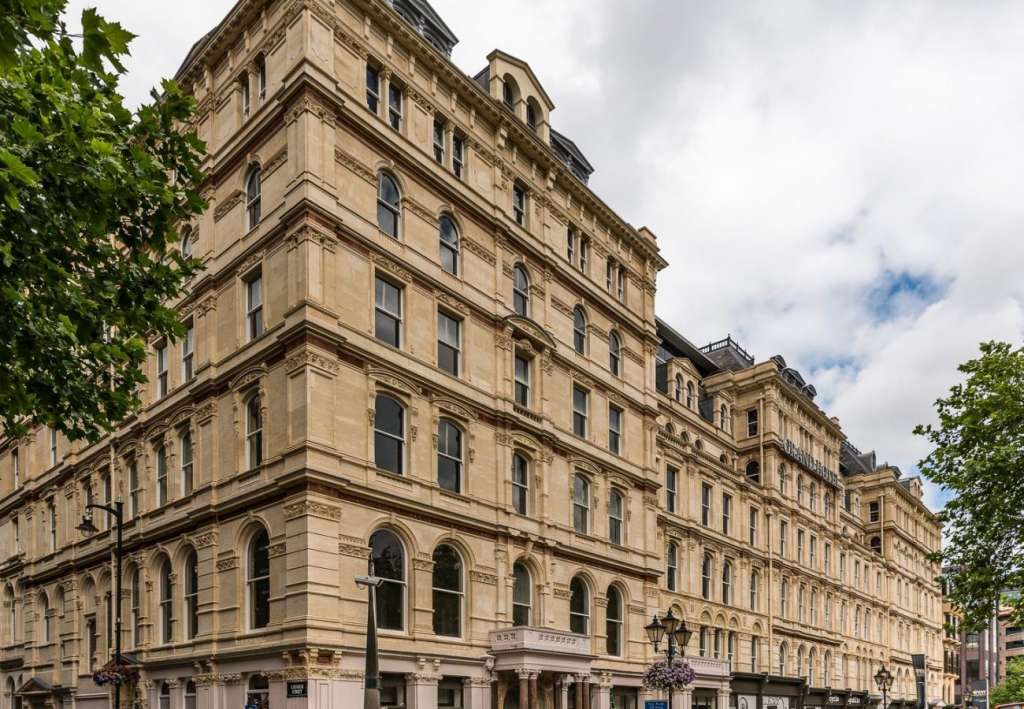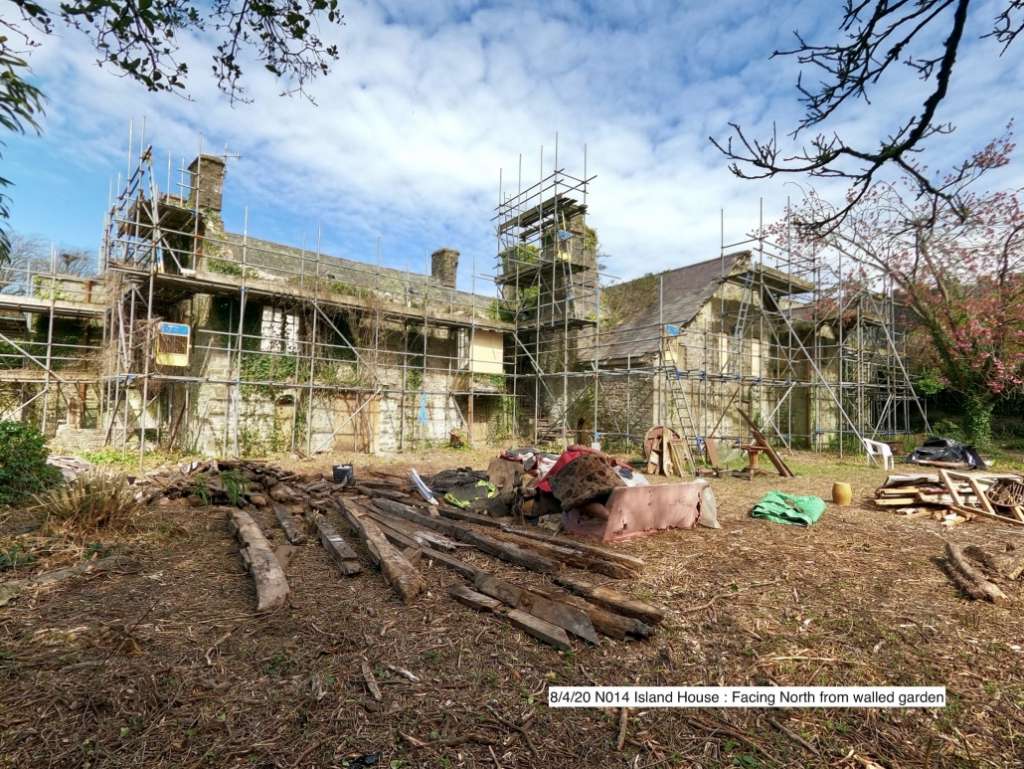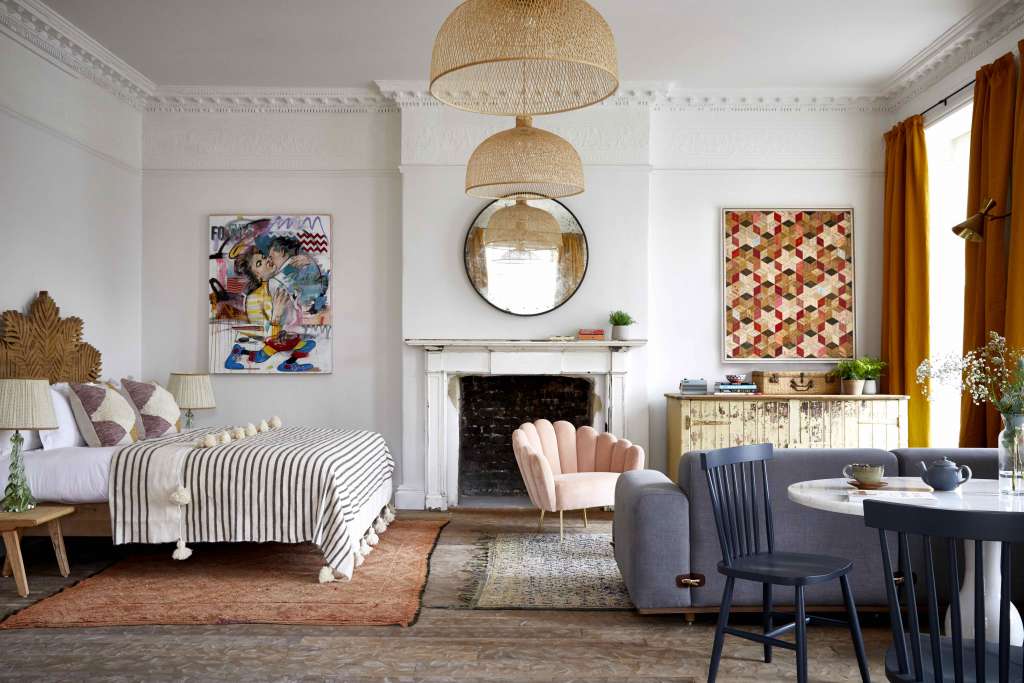Staying in the past: buildings formerly at risk given new lives as historic hotels
10th August 2020
With the government hopefully gradually easing the coronavirus lockdown, many British hotels and restaurants are aiming to reopen their doors to the public. It seems like a good time to get away and make the most of the summer. What better surroundings for this than a historic listed building?
SAVE Britain’s Heritage is pleased to see that several historic buildings formerly on the Buildings at Risk register have been successfully restored and converted into hotels. The buildings are located in the heart of cities and towns or close to key tourist sites, making them well-suited for use by the hospitality industry. Their history and unique character also make them ideally suited to create distinctive and memorable places to stay or eat and drink — they are destinations in themselves, telling the story of their particular location.
The impressive grade II listed likely early 19th-century former house and offices of George Wright & Company in Rotherham was empty and derelict when SAVE first became aware of the building, but has since been restored and opened as the George Wright Hotel, Bar & Restaurant (see their website for more information). The owner, Mark Mcgrail, told SAVE of his belief in ‘bringing old buildings back into use’ for the community, to ‘make sure they are not lost forever’.
Another remarkable early 19th-century grade II listed building, Little Bolton Old Town Hall, has been beautifully converted into a bar and restaurant. The website reflects on how
‘Over the years, many people have passed by this stunning piece of Bolton history and hoped that, one day, it would find its place once again at the heart of the town centre community. This was our vision, too. And now it’s becoming a reality and emerging as a cornerstone of the new ‘Northern Quarter’, in the heart of Bolton.’
When the Manager's House at Darley Abbey Mills in Derby was first entered into the Buildings at Risk register, SAVE described it as a ‘vacant, depressed building’, with its windows bordered up and roof unstable, which had been empty since the 1970s. Fortunately, the grade II red brick house has been sensitively restored as boutique accommodation associated with the nearby mill buildings, now known as the West Mill Wedding Venue.
Restoration work is currently being carried out on the grade II* 16th-century Island House in Laugharne, Carmarthenshire—SAVE’s Building of the Month for May 2020—to convert the building into a hotel, bar and restaurant (visit their website for updates on the work). The house is located close to Laugharne Castle on the Tâf estuary, which is cared for by Cadw.
These success stories are not all conversions — the Grand Hotel on Colmore Street in Birmingham, was built (as the name suggests) as a hotel in 1876-78 by the architect Thomas Plevins for Hortons’ Estates. This grand building was threatened with demolition in 2004 but was saved by a successful spot listing application, designating the building grade II*. The hotel has been empty and disused for many years, but it has recently been restored and is set to reopen later in 2020, with the addition of new offices and shops (visit their website for more information).
In addition to the Manager’s House at Darley Abbey Mills in Derby and the Grand Hotel on Colmore Street, the grade I listed Georgian house, no. 28 Portland Square, in Bristol is also set to open as a hotel later this year. The work has been carried out by Artist Residence who have opened four other bohemian and quirky hotels elsewhere in the UK in historic buildings (see their website for updates).
SAVE applauds the restoration of these buildings and looks forward to this next chapter in their use as hotels. There are many other buildings on SAVE’s Buildings at Risk register that could potentially be converted into hotels in the future — all they need is people with vision and determination to see the project through.




